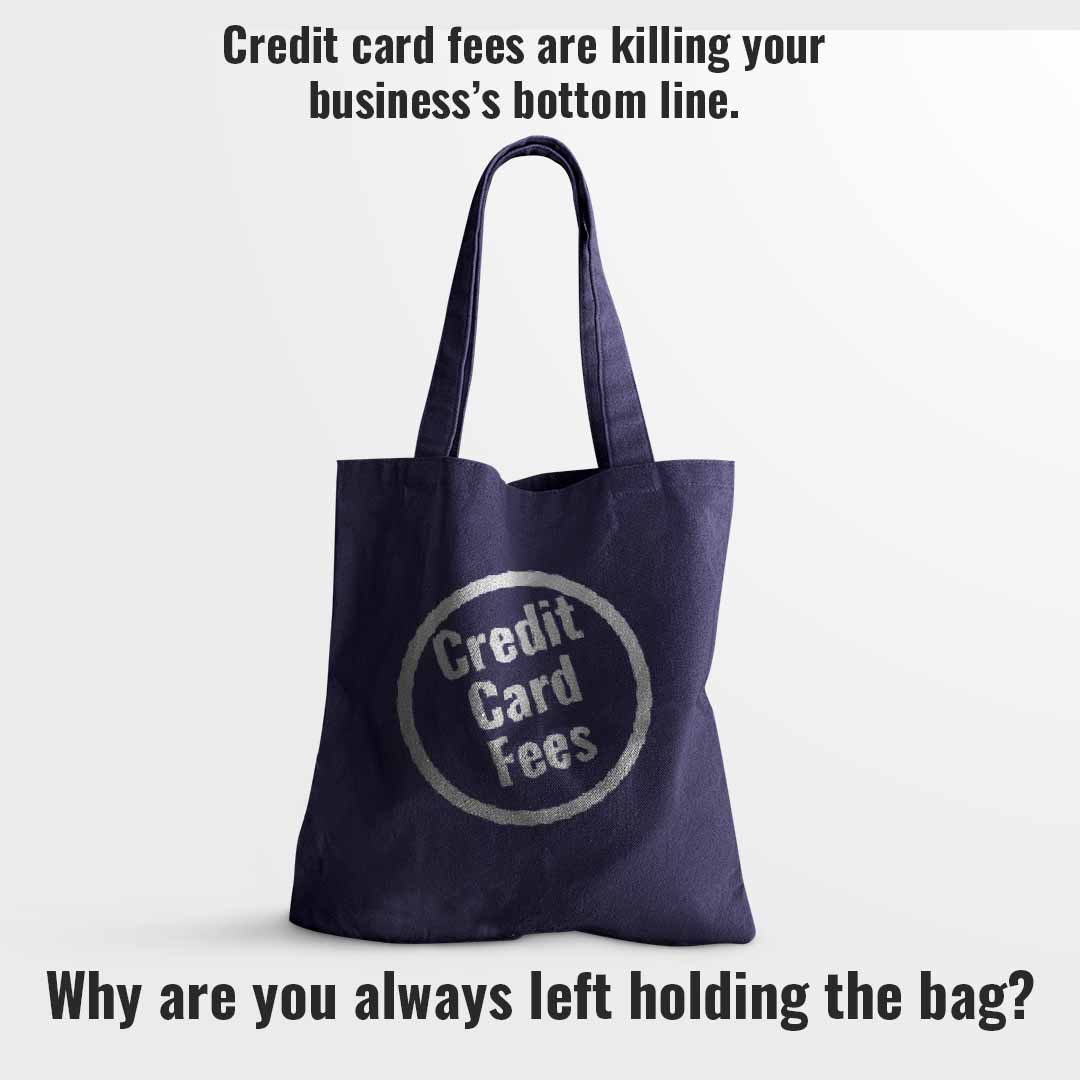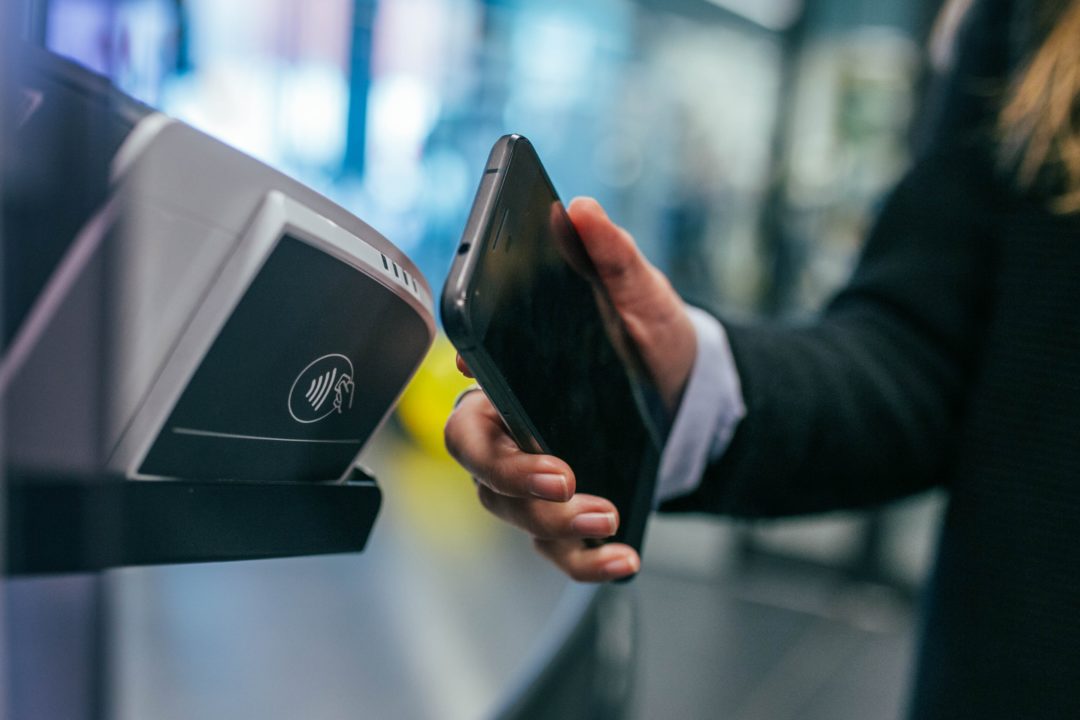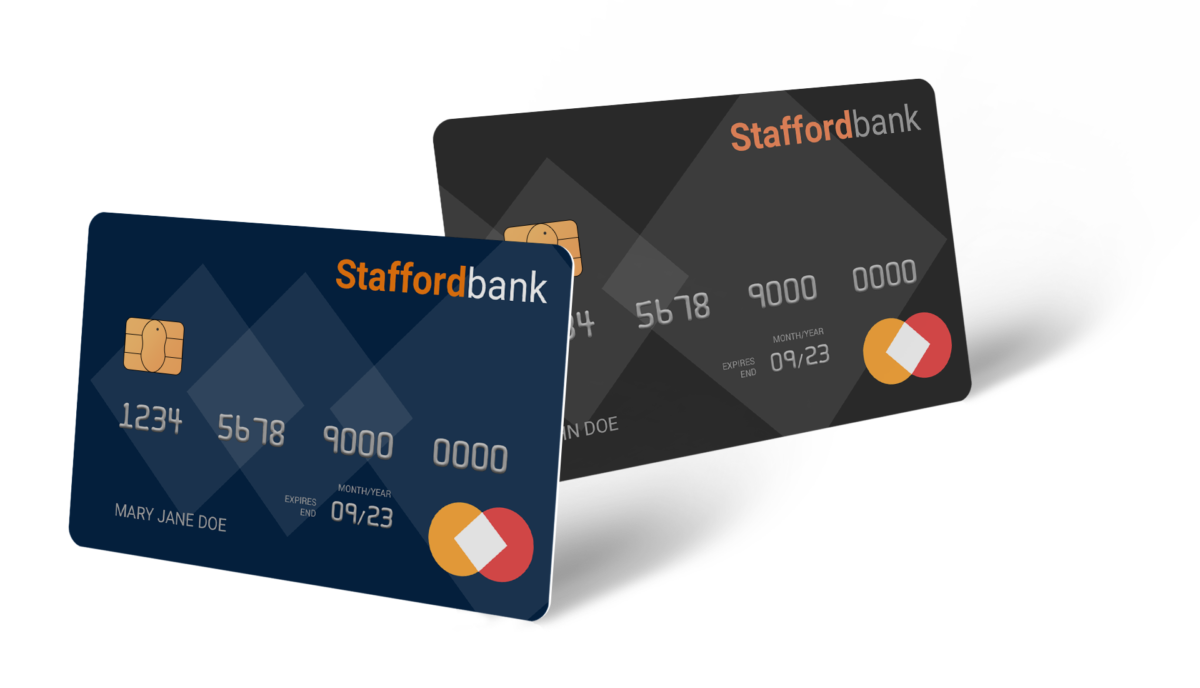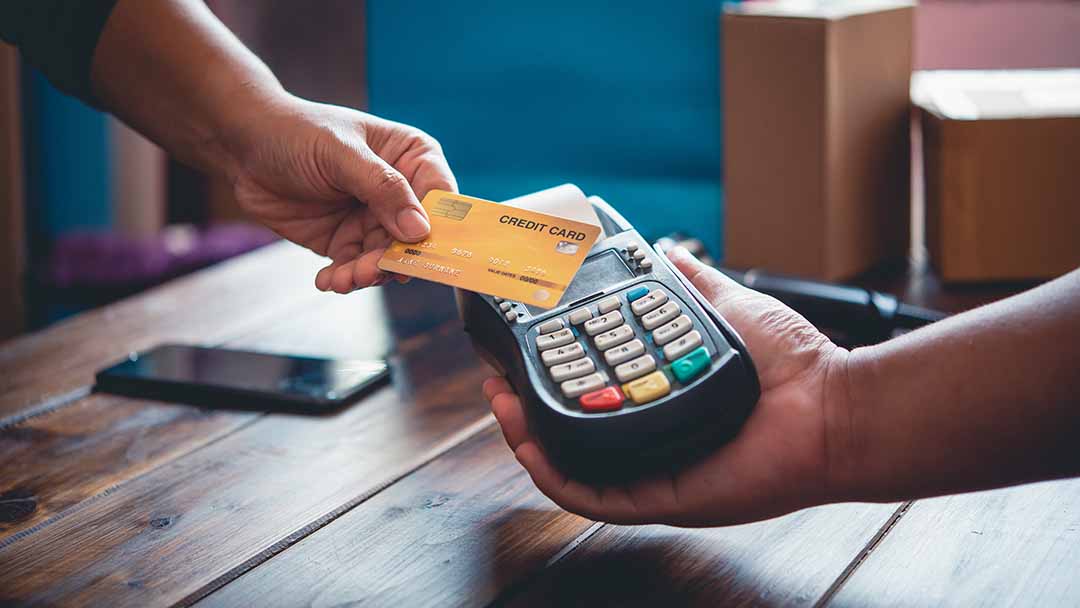How Reverse Cash Discounting Can Help You Grow Your Business
How did business owners get stuck paying the convenience fee for allowing customers to pay with their cards? Why are we paying for the customer’s convenience? It’s just not right!
Who thought up how credit card services were going to be paid for anyway? It sure as heck wasn’t a small business owner!
Being in business is hard enough without worrying about your bottom-line month after month.
The good news: it’s been fixed.
Yep. Reverse Cash Discount is liberating business owners from the incredible burden of large automatic withdrawals from their bank accounts every month. Now those business owners can use their new-found cash flow to invest in their business, get caught up on arrears, hire new employees and so much more.
I know, I know, you’re asking “But, is it legal?”
ABSOLUTELY! (say that in your best Rocky Balboa voice…lol!)
Let me show you how.
What is Reverse Cash Discount?
Great question! The simple way to put it is the reverse cash discount program passes the cost of accepting credit cards to the card holder instead of your business. This is how it should be, right?
Worry no longer about holding cash back for monthly withdrawals. Now the fee is passed on to your customer and all you have to pay for is your account on file fee and possibly some other minor monthly fees.
Here’s the shameless plug for today. 610 Merchant Services only charges $9.99/mo. with no other fees like most merchant services companies. Plus, we can set up your account where most, if not all of the monthly fee is taken care of as well.
 Yes. You heard that correctly. 610 Merchant Services can provide, in most circumstances, a zero-fee account. If you’d like to know how, give us a call at (540) 446-0826.
Yes. You heard that correctly. 610 Merchant Services can provide, in most circumstances, a zero-fee account. If you’d like to know how, give us a call at (540) 446-0826.
Anyway, enough of the shameless plug… let’s get back to our blog.
How does Reverse Cash Discount Work?
It’s always easier to explain these things using an example. Let’s go back to the G.I. Joe with Kung Fu Grip example we used in an earlier blog about friendly payment card fraud.
Let’s say my husband is in an antique store and he finds his favorite childhood toy, the G.I. Joe with Kung Fu Grip, and it’s in mint condition. He just has to have it. He picks it up and finds it’s only 100 bucks, so he gleefully brings it to the counter and makes the purchase with his credit card.
Happy ending, right?
Well the story’s not over yet.
 Now the owner of the antique store has to save at least 4% of that purchase in his bank account because he knows that come the end of the month the credit card processing provider is going to take out their share of the sale. Yep. The credit card processor gets up to 4% or 4 bucks for doing nothing. Quite a racket huh?
Now the owner of the antique store has to save at least 4% of that purchase in his bank account because he knows that come the end of the month the credit card processing provider is going to take out their share of the sale. Yep. The credit card processor gets up to 4% or 4 bucks for doing nothing. Quite a racket huh?
It’s not really that simple but for the business owner who has to give away 4% of what he’s earned, it’s a lot and it’s annoying as hell. There’s got to be a better way.
There is.
Reverse cash discount solves this problem by charging the customer at the point of sale the 4% or whatever percentage the business owner has decided upon not to exceed 4%.
Here’s the new story with a better happy ending…
Let’s say my husband is in an antique store and he finds his favorite childhood toy, the G.I. Joe with Kung Fu Grip, and it’s in mint condition. He just has to have it. He picks it up and finds it’s only 100 bucks, so he gleefully brings it to the counter where the clerk rings up his purchase for $104.
My husband sees a sign that clearly states “There is a 4% Customer Service Fee applied to all sales. Pay with cash and save!”
He tells the clerk, “Does anyone actually carry cash anymore…? I’m paying with my card.” The clerk hits the appropriate button and the transaction goes through without a hiccup.
My husband is happy he found his favorite childhood toy, G.I. Joe is happy to have found a home, the credit card processing company is happy because they pull the 4% Customer Service Fee from the daily batch and the store owner is happy to have saved himself from the accounting nightmare of holding on to the $4 and he probably made a few extra cents to apply to his monthly merchant services fee.
That’s a happy ending!
Here’s the story with the best happy ending!
Let’s say my husband is in an antique store and he finds his favorite childhood toy, the G.I. Joe with Kung Fu Grip, and it’s in mint condition. He just has to have it. He picks it up and finds it’s only 100 bucks, so he gleefully brings it to the counter where the clerk rings up his purchase for $104.
My husband sees a sign that clearly states “There is a 4% Customer Service Fee applied to all sales. Pay with cash and save!”
He digs deep and he’s amazed to find I haven’t touched his wallet in a few weeks so he actually has the cash on hand. He tells the clerk, “Look at that! I have cash.” The clerk hits the appropriate button and the transaction amount reduces to $100 even.
My husband is happy he found his favorite childhood toy, G.I. Joe is happy to have found a home, and the store owner is happy to have all of his $100.
The best part… the credit card processing company isn’t happy in this scenario because they can’t pull the 4% Customer Service Fee from the daily batch. In other words, they don’t make money from the hard-working business owner or my husband.
Oh yeah, I forgot the happiest person in this whole scenario is me. Now my husband will hide in the basement playing with his favorite childhood toy all weekend instead of bothering me!
That’s the best ending!
How can I get started with Reverse Cash Discount?
Simple. Call your merchant services provider. The program should be available through all of them. But, if you’d like to see if there is a merchant services company out there that can help you bring your fees to zero every month, I may know someone… wink, wink.
With the money you’ll save month after month using reverse cash discounting, you can grow your business by investing back to your company, hire more staff, or buy more stock. The point is, business is hard enough without having to worry about saving money aside for billion dollar credit card companies when you don’t have to.






 Whether you are a one-man (or lady) shop or have a full team, when faced with difficult decisions or situations you could either:
Whether you are a one-man (or lady) shop or have a full team, when faced with difficult decisions or situations you could either:
 Further, 96% of those surveyed said they believed their business could make it through at least one month and 92% believed their businesses could survive three months. However, if shutdowns continue and social distancing restrictions do not change within six to twelve months, business owners were less certain of their ability to keep operations running as usual.
Further, 96% of those surveyed said they believed their business could make it through at least one month and 92% believed their businesses could survive three months. However, if shutdowns continue and social distancing restrictions do not change within six to twelve months, business owners were less certain of their ability to keep operations running as usual.
